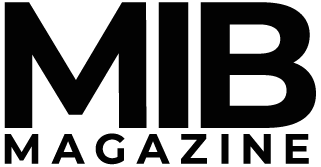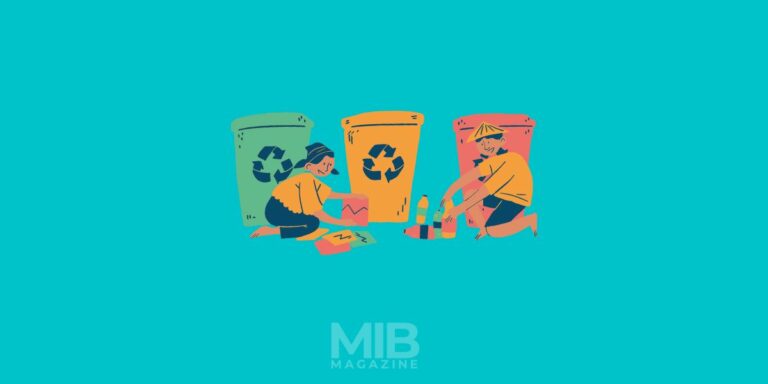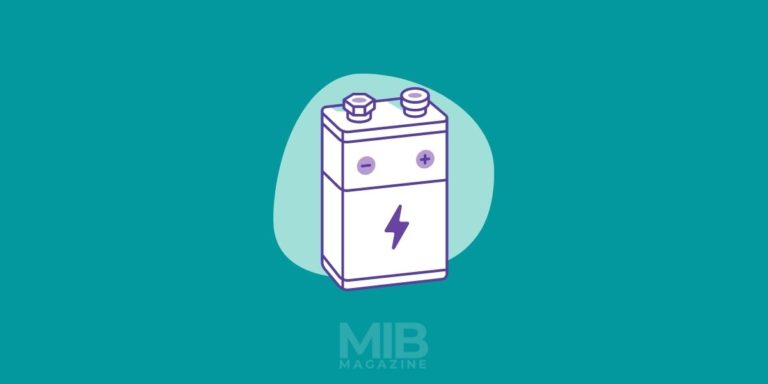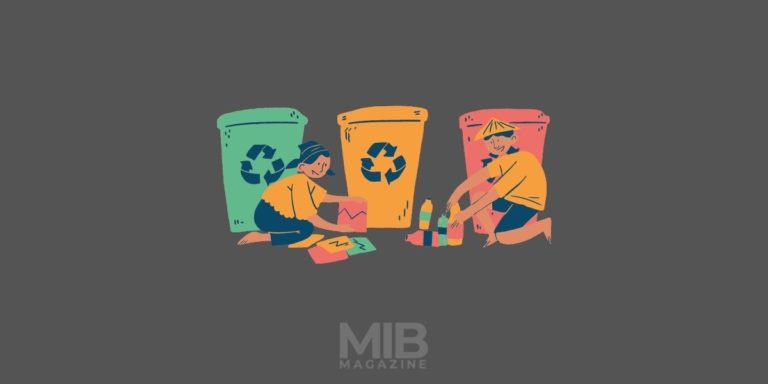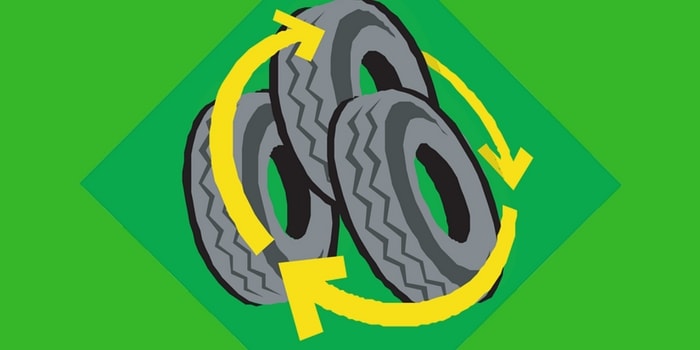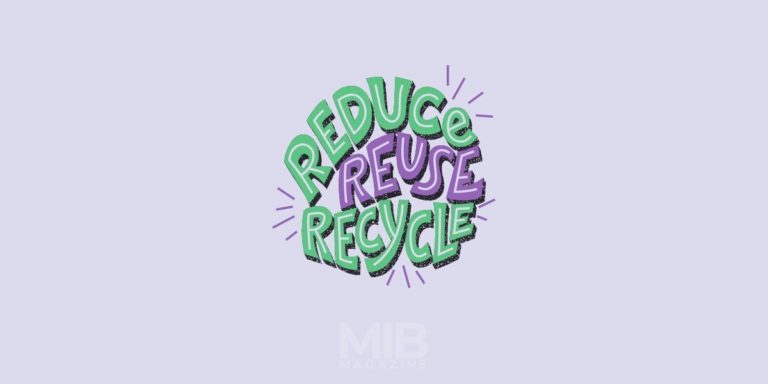Starting a Textile Recycling Company in 10 Steps – Business Plan
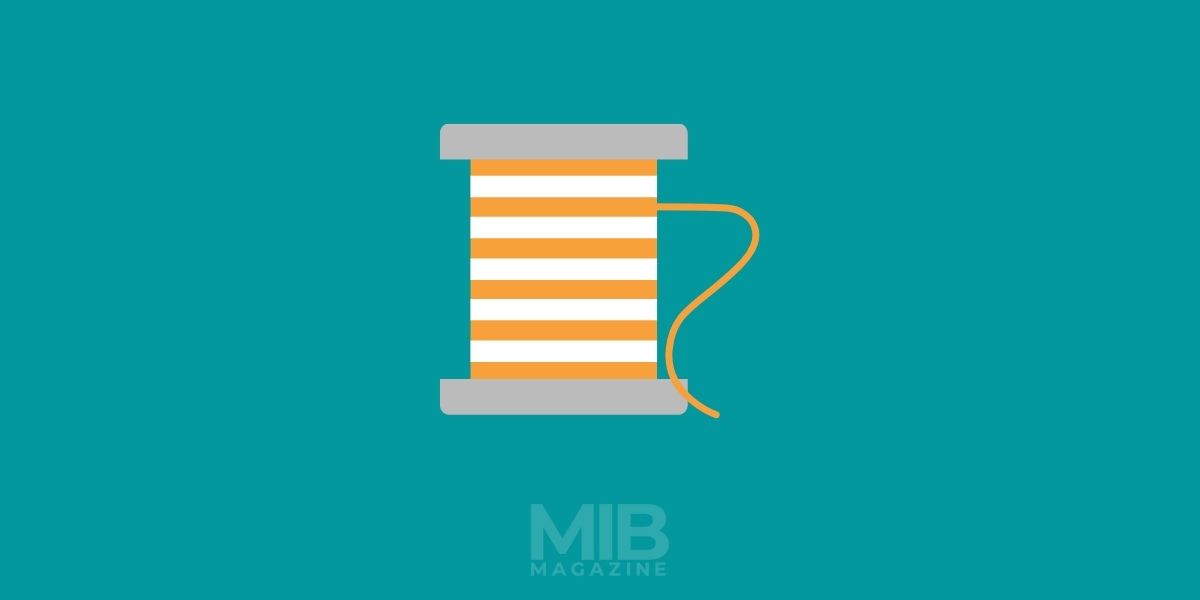
Billions of garments are produced every year, and even more are worn and discarded every year. In recent years, the fashion industry has grown astronomically partly because of rising populations and partly because of cheaper technologies. These two factors, among others, have led to an increase in textile production. Even more, so is the growth of the textile industry in many countries.
Fortunately for these countries, the industry earns them revenue, but unfortunately for their environment, this has led to a rise in textile waste. However, the pollution caused by textile has created a new opportunity for you to engage in textile recycling. Textile recycling is very profitable, and in this article, we will tell you all you need to know about starting a textile recycling business.
What is Textile Recycling?
Textile recycling is a process of transforming old clothes and fabrics into new ones for reuse or the extraction of their materials by improving the quality. In the US, the entrepreneurs and industries in this line of business have an umbrella body called SMART, which is the Association of Wiping Materials, Fiber Industries, and Used Clothing. You will notice that the body’s acronym is quite extensive. This is because it covers all aspects of textiles.
Recycling plants engaged in textile recycling put structures in place to receive donations, transport, and recycle used garments and other fabric types.
Current Rate of Recycling
The waste generated from textile dumping is mind-boggling, which has necessitated the rising calls for recycling these materials. So, if you join the group of textile recyclers in your city or state, you will be contributing your own quota in saving the environment from the threats posed by textile waste.
For example, if the world or the US can recycle 100% of all textile waste, the resultant effect will be the reduction of carbon and waste footprint by as much as 20%. Just imagine the effect that will have on our planet? There are also several claims that about 82% of what many consider to be textile waste is recyclable and resalable. And what’s even better is that you can make a good profit from it.
This is why many enterprises are beginning to invest in mechanical waste plants and hydrothermals to enable them to recycle cellulose from fabrics. The recycled cellulose will then be utilized for knitting, weaving, spinning, dyeing, and lots more. By doing so, the clothing chain will be further extended, and more value will be added. The process of recycling textiles is all about sorting and processing unwanted, unused, or old fabrics and clothing into raw materials for making new fabrics.
Types of Textile Waste
If you are already thinking of starting a textile recycling business, you are going to commence at just the right time because the opportunities for accessing raw materials are wide and far-reaching. Wastes are classed under two categories. These categories are also dependent on their places of origin. The two types of textile wastes are
- Post-Consumer Waste
- Post Industry Waste
Post Consumer waste is wastes discarded by households. Post Industry wastes are by-products of factories and general production plants. Wastes from industries are so regarded because they contain little or no contaminants. In general, textile wastes include
- Shoes
- Clothes
- Bags
- Curtains
- Table cloth and beddings
- Bags
Post-Consumer Waste: household items, vehicle upholstery, garments, etc
Post Industry Waste: fabric, yarn, scrap textiles, etc
Connection with the Fashion Industry
The fashion industry is the greatest source of textile waste in the world, and it is also the greatest buyer of recycled textiles. So if you choose to go into textile recycling, the fashion industry will be your buying source because it uses fabrics more than any other industry known to man.
So being active in this line of work means working in close contact with fashion because your business enterprise will be supplying the raw materials to the fashion industry. In addition, you have to decide which type of textile you wish to sell?
- Do you wish to sell different types of recycled fabrics?
- Or do you wish to sell only one or a few types of fabric?
This is a very important decision you will have to make in the beginning.
Cost of Establishing a Textile Recycling Business
Financial planning is an essential aspect of setting up a textile business. How much you will need as a startup fund is not cast in stone as it will depend on your scale of operation, but here are some of the basic costs you should plan for.
- Recycling facility – $1,500 (Monthly Rent)
- Pick ups & Drop offs – $1,000 (Per Unit)
- Wages for 5 employees – ($2,500 a week or more, tax, insurance, and social security inclusive)
- Recycling equipment – $10,000
- Utilities – $20,000-$30,000 within the first few months
These figures are conservative estimates for a micro recycling plant, so it may be higher to set up a recycling plant from scratch. However, you can offset some of the costs by working with your local community or applying for loans or grants.
How to Start a Textile Recycling Business?
Now that you have a fair idea of what the textile recycling value chain is all about, let us focus on the steps you will need to take to set up your business. Please note that this article does not represent all the steps involved; however, some of the most important ones are highlighted that will help you in creating a business plan.
1. Know the market and recycling process
Before you commit any investment into this endeavor, you need to know the market to an above-average degree. To understand how the industry works, you need to seek professional advice from others who are more experienced and are active textile recyclers. These professionals are in the best position to advise you on how to get started. Besides their advice, you also need to take the time to do your own research since understanding the market is an all-important part of setting your business up.
You need to know the current prices of different textiles so you know which will be more profitable for you. You also need to understand the demand and which periods are peak periods for different types of textiles. Also important is identifying your competition in your community and reviewing their business practice. When you do, look for ways to deliver what they are not delivering at the moment. Quality and efficiency should be your mission.
2. Finance
Textile recycling is capital intensive, so you need to do a lot of financial planning and sourcing. Your working capital may come from personal savings, asset conversion, or loans. Whatever your external source may be, make sure it is one that will not place a high debt burden on your business at the early stage, as immense debt can be crippling.
Cost efficiency is key, so look for ways to reduce costs. Working with your local community, for example, to create a donation chain where people donate their old clothes will help you reduce costs significantly.
3. Know where your buyers are
Who are your buyers? Where are they located, and how will you get the fabric to them? These are some of the questions you must answer. This is why it is important to draw up a business plan, and your plan should address these points and some of the other points in this article. Your buyers may be textile mills, fabric retailers, art stores, or fashion brands. Knowing where your buyers are will help you scale quickly.
4. Buy quality machinery
Investing in quality machinery is a no-brainer. We understand the importance of reducing costs; however, the last thing you want is to invest in machinery that will break down after a few months or the ones with high maintenance costs. The machinery you need is the ones that deliver higher output with less input and have low maintenance costs.
Common examples of machinery include shredders, balers for compressing items, the recycling machine itself, and others.
5. Production plant
Where you will set up shop should also be planned for. You want a convenient location for your kind of business, not one that will attract sanctions from the authorities. Some of the best places to set up a recycling plant are industrial areas.
6. Supply source
Your supply source will determine for how long your plant will remain operational. If your source for textile waste runs out, your plant will shut down for lack of raw materials, and you may run out of business. So when drawing up a business plan, identify the source and how you will get your raw materials to your plant. The best option is the most cost-effective one.
Do you plan to set up collection boxes in your community where residents can dump their used clothing, or will you pay vendors to bring them to you? The first option is cheaper, but you may not get enough raw materials to keep your plant running unless your collection points cover a very wide area. Just make sure you have a plan that will not cost your business too much.
7. Financial planning
Sourcing capital is important, but what is equally important is how you manage your finances. Your plant requires cash to keep running, so you cannot afford empty coffers if you want to stay afloat. Sound accounting practices are the only way you are going to keep track of all incomes and expenditures for every period.
8. Transport
Never discountenance the importance of transportation. Make sure you have a budget for this cost. You also need to ensure that the transportation mode is one the business can afford long term.
9. Marketing
Last but not least is marketing. Before you get started, you want to get the word out so everyone knows what you are into. Marketing your business will help you long term. For example, vendors and residents who know what you are into will either give you used clothing for free or bring them to you to buy at rock bottom prices. A winning marketing strategy is one that allows you to reach more people with the least investment.
You can also create an eco-friendly image that appeals to the local and wider community. This model is indeed a winning formula that will serve you well for years to come.
10. Plan for the future
Planning for the future involves many things. Saving a percentage of profits for the rainy day is one way to plan for the future. Another way to plan is to envisage threats to your business and create action plans to combat them. Some common threats include
- Raw materials scarcity
- Drop in price of recycled fabrics
- Government regulations
- A rise in the price of equipment
- Environmental threats
These and more are some of the challenges you will face from time to time. How you respond to these threats will determine how successful you will be. An effective plan will insulate your business from market shocks and other threats. Also, note that you may have to switch from one type of fabric to another depending on demand and current prices so as to remain profitable.
Finally, always watch current market trends and adapt to these trends as they arise. If you do all these and more, your business will stand the test of time.
Conclusion
Setting up a textile recycling business is a smart investment decision in this day and age when policy makers and environmental advocates are calling for green business practices. Although you may have to invest a substantial amount into the venture, you stand to earn consistent income for many years to come. In this article, we have highlighted ten steps you will need to take to succeed. Imbibe them, and your chances of breaking even will significantly improve.
FAQs
The steps to starting a textile recycling company can vary based on the specific type of business. Generally, you’ll need to secure funding, find suppliers, develop a customer base, collect and sort textile materials for reuse or recycling, and consider any local permits or licensing that may be necessary.
Depending on the type of business, you may need training in business finance and management, textile recycling, customer service, and other areas related to running your business.
Investment costs can vary depending on your specific business plan. Generally, you’ll need to invest in recycling equipment, necessary permits and licenses, supplies, marketing and advertising materials, insurance, and other administrative costs.
Benefits can include helping to reduce textile waste, raising awareness about sustainability and circular economy practices, and potentially providing economic benefits through the reuse and sale of recycled materials.
Depending on your specific business plan, you may need suppliers of textile materials suitable for recycling, equipment to sort and process material, and other related items.
Textile recycling companies generally serve retail stores, thrift shops, non-profits, and reclamation centers.
Regulations vary by country, state, and local municipalities. Some textile recycling companies may need licenses from local authorities or other special permits.
Yes, there are safety guidelines to consider related to the handling and sorting of textile materials, as well as general workplace safety protocols.
Some potential strategies include developing a website, participating in trade shows and conferences, reaching out to local media outlets and businesses, and maintaining an active presence on social media networks.
The best way to ensure that customers keep coming back is to provide excellent customer service, competitive prices, and quality recycled materials. Developing relationships with key customers and building a strong reputation within the community can also help.
